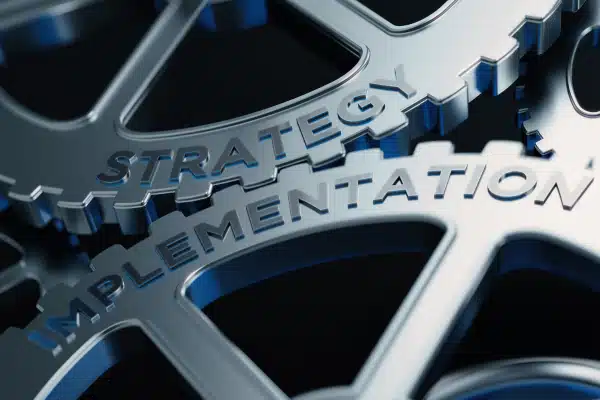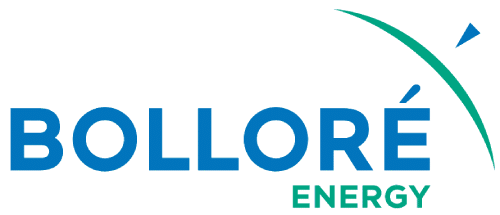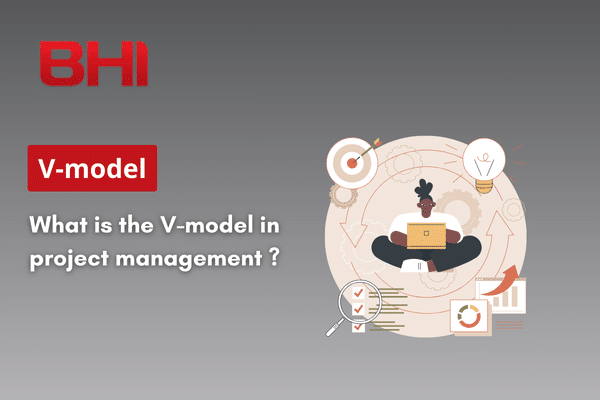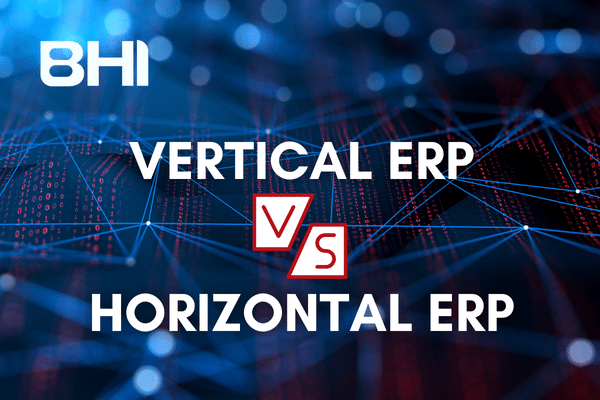Implementing an Enterprise Performance Management (EPM) solution is a strategic step for companies wishing to optimize their financial management, improve forecasting and align their resources with their objectives. However, to maximize the benefits of this transformation, it is essential to follow a structured and methodical process. Here are the 5 key steps to successfully implementing an EPM solution and sustainably transforming your performance management.
Assess your needs and define your objectives
The first step to a successful implementation is to understand your specific needs and define clear objectives. Ask yourself the right questions:
- What are the main challenges you want to solve (financial consolidation, forecasting, reporting) ?
- Which key performance indicators (KPIs) are essential to your business ?
- How should your EPM solution integrate with your existing tools (ERP, Excel, CRM) ?
Answering these questions will give you a clear picture of the requirements and functionalities you need for your business. To take this step a step further, read our article How to Choose Your Performance Management Tools, which details the essential criteria for selecting a suitable solution.
Selecting the right EPM solution
Once you’ve identified your needs, the next step is to choose the most appropriate EPM solution to meet them. Several criteria need to be taken into account:
-
Scalability
Your solution must be able to grow with your business.
-
Key functionalities
Reporting, consolidation, forecasting, predictive scenarios (“what-if”)
-
Integration
Make sure it integrates seamlessly with your existing tools (ERP, CRM, accounting software).
-
Ease of use
An intuitive interface promotes user adoption.
To guide you in this choice, see our article EPM vs Power BI: Understanding the differences and complementarities, which compares two popular tools and their respective uses.
Plan the implementation with a structured project
Careful planning is essential to ensure a smooth transition to your new EPM solution. Here are the key points to consider when structuring your project:
-
Establish a realistic timetable
Plan clear milestones with intermediate milestones.
-
Build a project team
Appoint a project manager and involve key users to ensure successful adoption.
-
Plan a data migration phase
Financial data must be cleansed, consolidated and integrated into the new tool.
A clear, structured organization will help you to anticipate any obstacles and meet deadlines.
Train users to ensure adoption
Even the most powerful EPM solution cannot reveal its full potential without successful adoption by teams. Training is therefore a key step:
- Organize training sessions tailored to different user profiles (management, controllers, operational teams).
- Provide accessible guides, tutorials and support materials.
- Encourage feedback and set up an in-house support team to answer questions.
For real-life examples, take a look at CCH Tagetik’s case studies on the importance of training in implementing EPM tools.
Measure results and adjust
Once the EPM solution has been implemented, it is crucial to monitor its performance to assess whether it is meeting the initial objectives. This phase enables you to optimize the use of the tool and maximize its impact.
-
Track your KPIs
Analyze improvements in terms of reporting times, forecast accuracy or cash flow optimization.
-
Gather user feedback
Identify areas for improvement to maximize the tool’s effectiveness.
-
Adjust your processes
EPM must evolve with your business and adapt to your future needs.
Ongoing analysis of your results ensures optimal ROI and sustainable performance.
Conclusion
Implementing an EPM solution is a major opportunity to transform your company’s performance management. By following these 5 steps – needs assessment, tool selection, planning, training and results monitoring – you maximize your chances of success and ensure effective deployment.
Would you like us to help you implement your EPM solution ? Contact us today to benefit from the expertise of our consultants and find out how we can help you make this strategic transition a success.

















